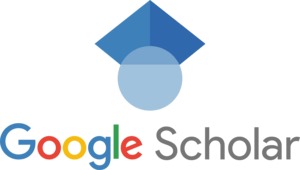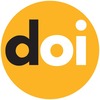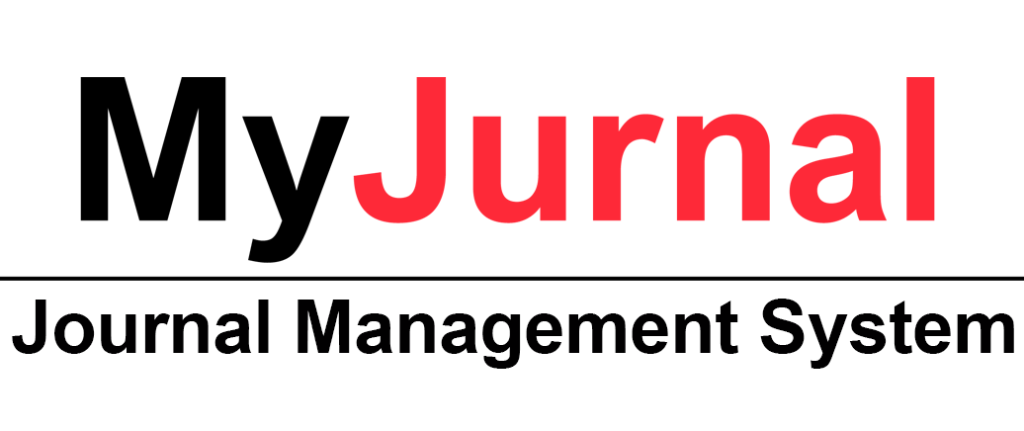Exploring Teachers’ Creative Teaching Strategies in Teaching Arabic as a Foreign Language at a Private Islamic Secondary School in Malaysia
DOI:
https://doi.org/10.31436/ijes.v4i2.88Abstract
Arabic is an important language for Muslims but teaching the language is not an easy task. It needs efforts to improve and simplify the learning process through creative teaching strategies. Creative teaching involves the development of materials and approaches that foster students’ interests and motivation in learning. This study explored the experiences of Arabic teachers in fostering students’ interests by developing creative approaches in teaching Arabic as a foreign language at Adni Islamic School, a private Islamic secondary school in Malaysia. In collecting the data, semi-structured interviews were used as part of qualitative research. The findings indicated that teachers have been using creative teaching strategies in the teaching and learning process. These are categorized into three strategies: (1) creativity in making daily lesson plans, (2) creativity during the teaching and learning process, and (3) creativity in evaluating and assessing the outcomes of teaching. The application of these creative strategies is in accordance with the message of the Islamic principles of teaching. Recommendations were made to the relevant authorities, including the teachers themselves, so that creative teaching can be applied to the subject of Arabic language in order to produce a meaningful lesson.
Metrics
References
Al-Mazeidy, Z. M. (1993). Moqaddimah fi Manhaj Al-Ibda’: Ru’yah Islamiyyah, [An Introduction to the Methodology of Creativity: An Islamic Point of View]. Egypt: Dar al-Wafa’ Littiba’a wa al-Nashr.
Brown, A. V. (2009). Students' and teachers' perceptions of effective foreign language teaching: A comparison of ideals. The Modern Language Journal, 93(1), 46-60.
Craft, A. (2005). Creativity in schools: Tensions and dilemmas. London: Routledge. DOI: 10.4324/9780203357965.
Chamot, A. U. (2004). Issues in language learning strategy research and teaching. Electronic Journal of Foreign Language Teaching, 1(1), 14-26.
Cropley, A. J. (1992). More ways than one: Fostering creativity. Norwood, NJ: Ablex Publishing Corporation.
Cropley, A. J. (2001). Creativity in education and learning: A guide for teachers and educators. London: Kogan Page.
Fisher, R. (2005). Teaching children to learn. Gloucestershire: Nelson Thornes.
Guilford, J. P. (1967). Creativity: Yesterday, today and tomorrow. The Journal of Creative Behavior, 1(1), 3-14.
Jassem, J. A. (2000). Study on second language learners of Arabic: An error analysis approach. Kuala Lumpur, Malaysia: A. S. Noordeen.
Jeffrey, B., & Craft, A. (2004). Teaching creatively and teaching for creativity: Distinctions and relationships. Educational Studies, 30(1), 77–87.
Jeffrey, B. (2006). Creative teaching and learning: Towards a common discourse and practice. Cambridge Journal of Education, 36(3), 399-414.
Lin, Y. S. (2009). Teacher and pupil responses to a creative pedagogy – Case studies of two primary classes in Taiwan. Unpublished Doctoral Thesis, Exeter: University of Exeter.
Lin, Y. S. (2011). Fostering creativity through education – A conceptual framework of creative pedagogy. Creative Education, 2(3), 149-155.
Neo, M. (2005). Engaging students in group-based co-operative learning-A Malaysian Perspective. Journal of Educational Technology & Society, 8(4), 220-232.
Oliver, A. (2013). Creative teaching: Science in the Early Years and Primary Classroom. London: David Fulton Publishers.
Root-Bernstein, R. S., & Bernstein, M. (1999). Sparks of genius: The thirteen thinking tools of the world's most creative people. New York, NY: Houghton Mifflin.
Root-Bernstein, R. S. (2003). The art of innovation: Polymaths and the universality of the creative process. In L. Shavanina (Ed.), International handbook of innovation, (pp. 267–278), Amsterdam: Elsevier.
Sawyer, R. K. (2012). Explaining creativity: The science of human innovation (2nd ed.). New York, NY: Oxford University Press.
Starbuck, D. (2006). Creative teaching: Getting it right. London: Continuum International Publishing Group.
Stenberg, R. J. (2007). Wisdom, intelligence and creativity synthesized. United Kingdom: Cambridge University Press.
Downloads
Published
How to Cite
Issue
Section
License
The Journal will own copyright to all published works and have the right of first publication, both in print and online, unless other arrangements are made with the Editors in advance. It is the author`s responsibility to ensure that where copyright materials are included within an article the permission of the copyright holder has been obtained beforehand.






















